••• As part of remembering actor Kirk Douglas’s local involvement, KEYT explains how the Douglas Family Preserve got its name: “In 1972 the Wilcox nursery at the site closed. Developers offered plans for homes, a retirement community and a hotel. After community rejection, a fundraising drive began to buy and preserve the land. The price in 1996 was $3.6 million. Donations came in from throughout the area to meet a deadline, at the 11th hour Michael Douglas came through with the final $600,000.” (Photo courtesy Gayle Robin.)
••• Is Das Williams’s campaign benefiting from money from the cannabis industry? Newsmakers with Jerry Roberts looks at an “independent campaign committee, identified as ‘Central Coast Residents Supporting Das Williams for Supervisor’ [that] filed papers on Jan. 31 to begin raising money on his behalf.” No one seems too know who’s behind it, and it’s one more example of how this county desperately needs campaign-finance reform, which his challenger, Laura Capps, strongly supports.
••• And if you haven’t been following the heated race, Noozhawk has a thorough recap.
••• “On Tuesday, the Santa Barbara City Council embraced long-simmering $15 million plans to drastically change the face of Cliff Drive [….] The new designs call for the installation of a two-way bike path on the south side of the street for a three-mile stretch. Installed in the middle of the road will be a raised median strip. Seven new pedestrian walkways are called for, as are three new stoplights.” —Independent
••• “Three words are painted in black spray paint at a neighborhood bus stop. Accompanying those words are symbols of hate and white supremacy. Friday morning Santa Barbara Eastside neighbors were embarrassed to see it.” The whole KEYT article is written is this strange, third-grade way.
••• Edhat‘s Tree of the Month is the cork oak: “The Cork Oak’s most notable and unique characteristic is its thick bark—a beautiful texture of the pale-gray trunk mixed with deeply fissured dark-brown vertical furrows. Most famously, this bark is the material for wine bottle corks [….] On trees over 25 years old, the bark can be up to 12 inches thick – thick enough that it can protect the tree from fire. The bark is commercially harvested by very carefully removing it with hand tools—so carefully that there is no damage to the underlying living layer of the trunk, called the cambium.”


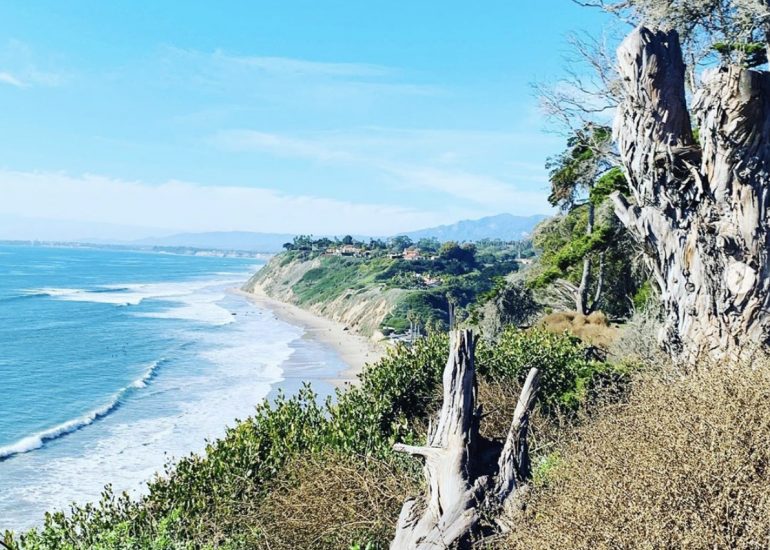




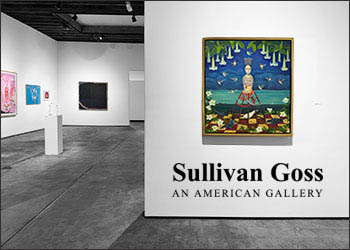


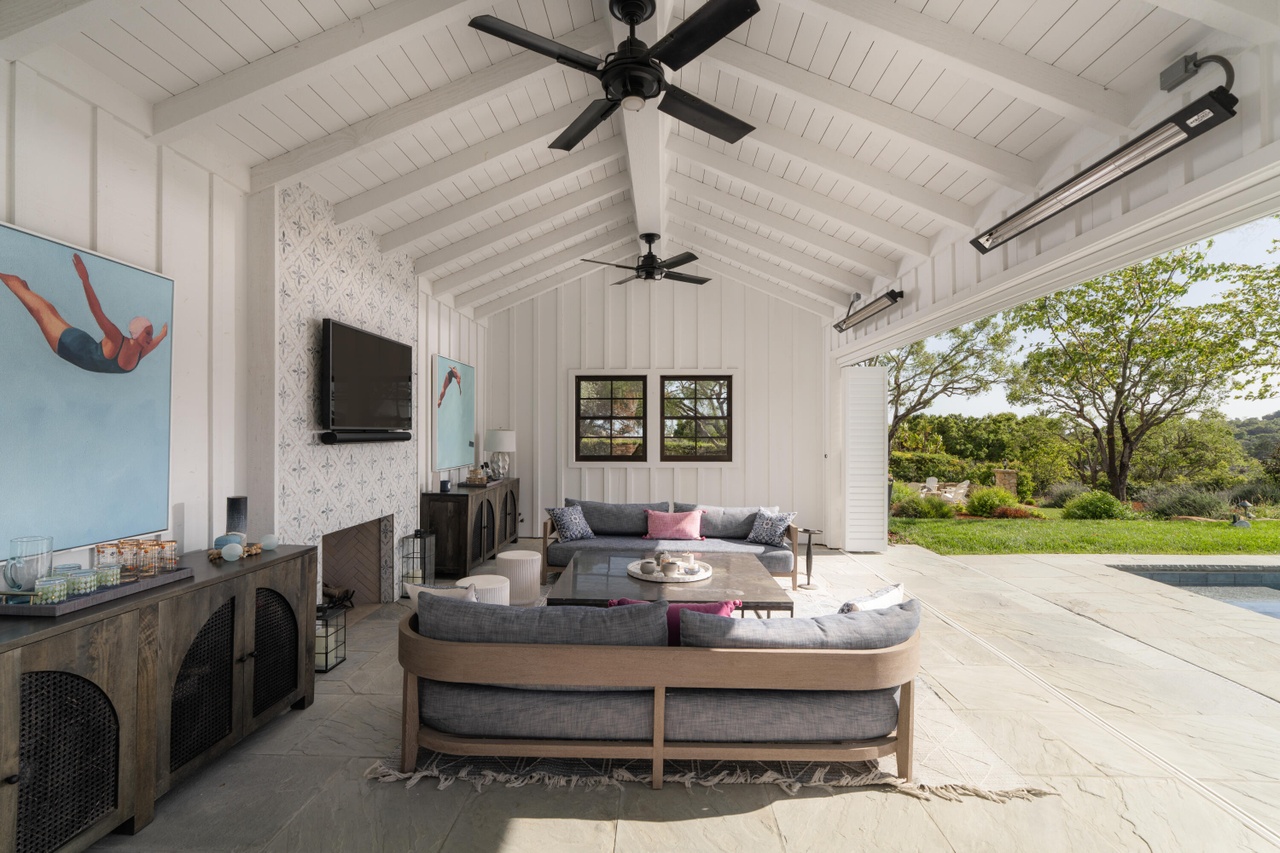



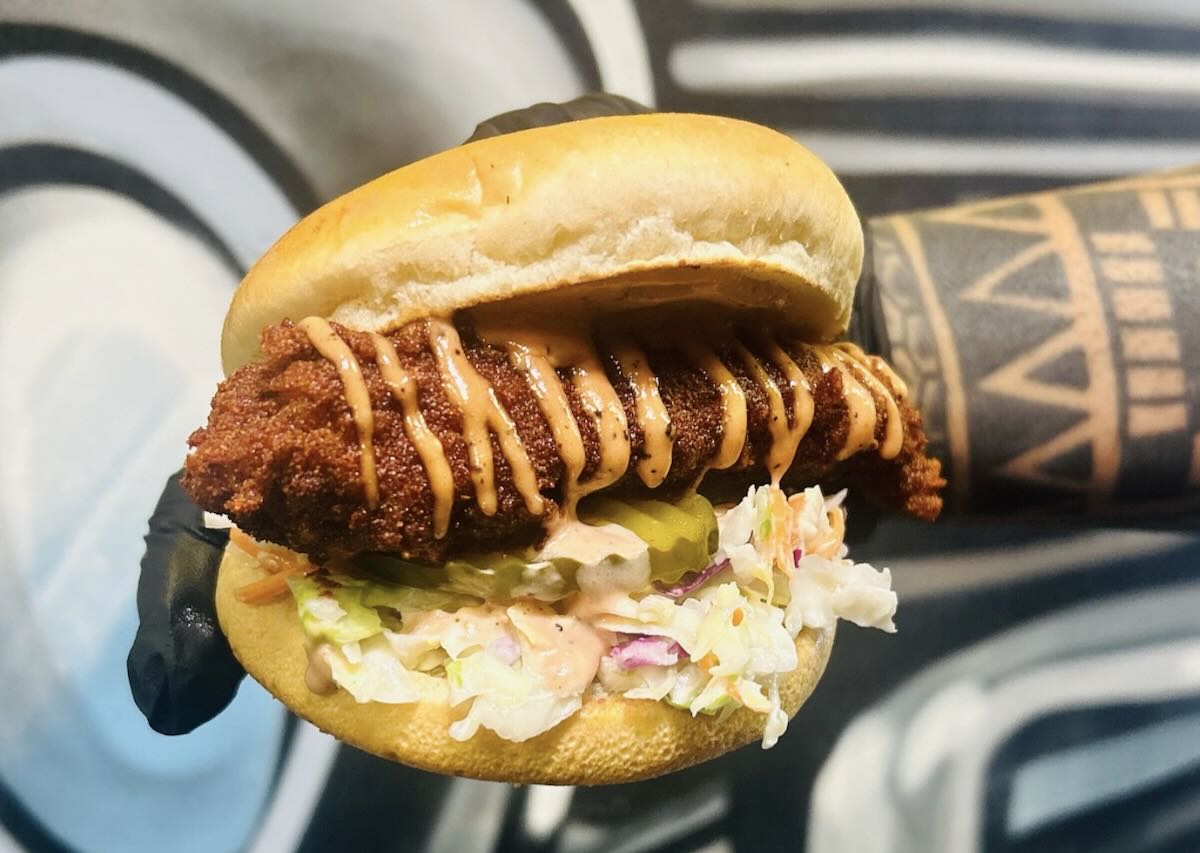
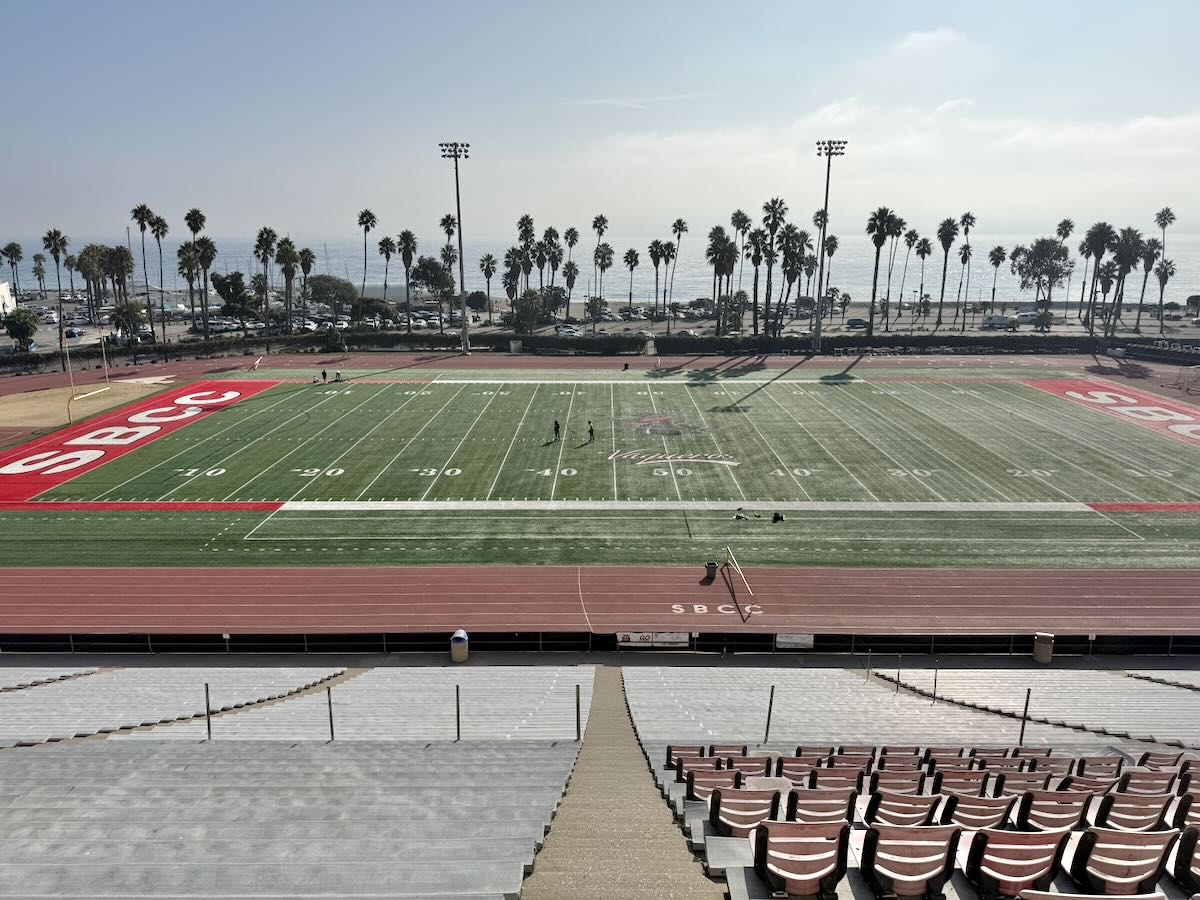

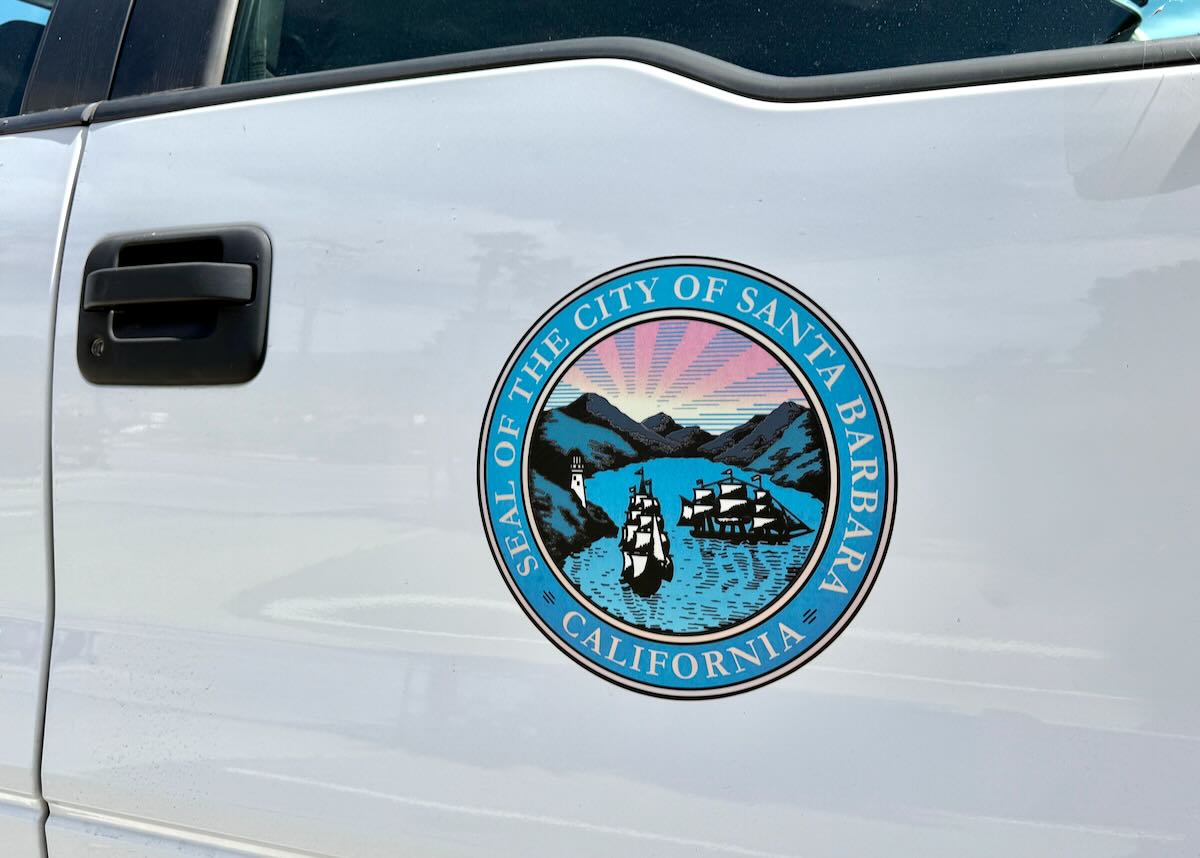
Comment: